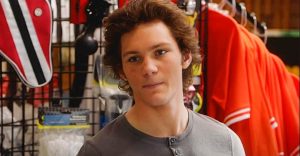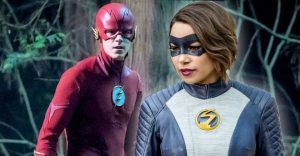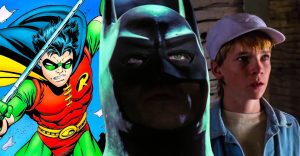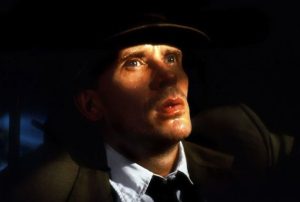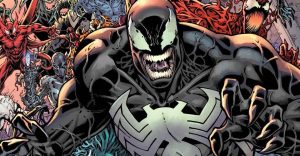The 9 Best Adaptations Of The Phantom Of The Opera
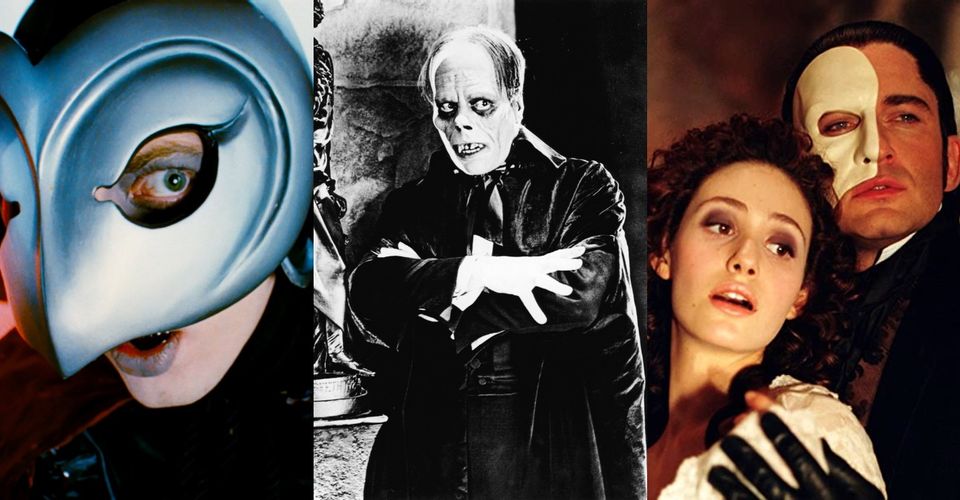
Gaston Leroux’s classic horror novel The Phantom of the Opera has been an integral part of cinema history since the earliest days film. The story has a timeless quality that has led filmmakers to return to the tale again and again.
With numerous adaptations of the book available, there are more straightforward adaptations and some that merely use the book as a framework. Spanning from the silent days of film all the way to the modern era, The Phantom of the Opera continues to prove to be one of the most beloved and versatile stories of all time.
9 The Phantom Of The Megaplex (2000)

Not all adaptations of the classic novel follow the plot exactly and The Phantom of the Megaplex was a unique spin on the story. A teenage boy finds himself in the middle of a series of strange occurrences when working at a movie theater on the night of a special movie premiere.
The Phantom of the Megaplex was one of the best Disney Channel original movies and proved to be a clever turn on the old tale. With guest appearances from screen legends like Mickey Rooney, the early 2000’s gem is equal parts cheesy and spooky. By moving the story from an opera house to a movie theater the creators found an interesting way to modernize the story for a younger audience.
8 The Phantom Of The Opera (1998)

Legendary Giallo Horror director Dario Argento took his own stab at Leroux’s classic tale and adapted it with his own signature style. Unlike the original story, Argento’s Phantom isn’t a scarred musical genius and instead is a strange man who lives beneath the opera that was raised by a horde of rats. While the tale usually focuses on the Phantom’s obsession with singer Christine, Argento instead puts the Phantom on a revenge mission to avenge his precious rats.
The film ramps up the gore and is also chock full of the signature camera work that makes Argento’s films stand out. With so many adaptations up to that point, a change was needed for the Phantom character himself, and Argento’s version certainly stands out for its creepy factor and gruesomeness.
7 The Phantom Of The Opera (1989)

The 1980s was a renaissance for The Phantom of the Opera and Andrew Lloyd Webber’s romantic musical put the story back on the map. However, the 1989 adaption had other plans for the story and returned it to its horror roots. The story follows a modern-day music student who relives the past life of an opera singer who is haunted by the mysterious Phantom.
Starring horror legend Robert Englund in a role that isn’t Freddy Krueger, the adaption added elements of the slasher genre into the age-old story. The makeup in the film is top-notch and many of the gore effects help the film stand out among more forgettable adaptions. Unfortunately, the focus on pure horror turned many fans off who were looking for something more like the musical.
6 Song At Midnight (1935)

While many of the adaptations of The Phantom came out of the U.S and Great Britain, filmmakers in China produced their own version of the story. Song At Midnight follows a disfigured musical genius who stalks the grounds of a traditional Chinese opera house, seeking revenge against those who wronged him.
Though the film deviates greatly from the book, the framework is still recognizable to fans of the story. What makes the film most entertaining is the interpretation of the story through another cultural lens that re-contextualizes it. Leaving the Paris opera house behind, the addition of Chinese culture adds another wrinkle that wasn’t present before.
5 The Phantom Of The Opera (1943)

Universal Studios found great success with The Phantom of the Opera when they adapted the story in the 1920s. By the 1940s, the studio returned to the well once again to re-adapt the story and add the Phantom to their roster of Universal monsters. The film follows a composer, scarred by acid, who secretly returns to the music world to push the career of a young singer that he has taken a fancy to.
Putting veteran actor Claude Rains in the Phantom role added a bit of class to the story and it plays more like a drama than a traditional horror story. The addition of technicolor helped to add to the visual interest of the film but the makeup on the Phantom fell short of Lon Chaney’s infamous design for the original film.
4 The Phantom Of The Opera (1962)

Returning to the formula that had been a hit for them before, Hammer Studios once again tackled a classic Universal Studios monster and added it to their pantheon of terror. Hammer’s Phantom features an acid-scarred composer who kidnaps a young singer so that she may sing the opera that he hopes to release to the world.
Feeling like an amalgam of both Universal versions of the film, The Phantom benefits from several decades of technical advancements in film. In typical Hammer fashion, the film is faster-paced and gorier than previous incarnations and features grand sets that are splashed with eye-catching color.
3 The Phantom Of The Opera (2004)

Decades after setting new records on Broadway, the beloved Andrew Lloyd Webber musical was finally brought to the big screen. With all of the grandeur of the play, the film tells the familiar story of the young opera singer who is torn between the love of a suitor from her past and the bewitching clutches of the mysterious Phantom.
Not lacking any of the romantic pull of the play, the film made the musical accessible to a whole new audience of admirers. With the recent success of other hit movie musicals in the 2000s, it was only natural that The Phantom would finally grace the big screen and in many ways it delivered. The play, and movie both streamline the book’s story in a way that doesn’t rob it of its power and the music is unforgettable as well.
2 The Phantom Of The Paradise (1974)

In one of his best films, legendary director Brian De Palma took the classic Phantom story and injected it with a dose of rock and roll. The Phantom of the Paradise follows a disfigured songwriter who sells his soul in order that his music will be performed by a singer he loves. Unfortunately, a scheming promotor steals the composer’s music and uses it to open a nightclub called The Paradise.
With exciting rock music and a twisted sense of humor, The Phantom of the Paradise took everything that was great about the original story and added more. Making commentary on the music industry, the film is both subtle and overt simultaneously. Though light on horror, the story instead goes in a darkly comic direction similar to other Rock Operas.
1 The Phantom Of The Opera (1925)

Universal’s original film adaptation of The Phantom of the Opera was a shining example of the best of early horror films. Telling the classic and familiar tale, the film manages to be moody and atmospheric without the benefit of modern film techniques.
The anchor of the film is its star, Lon Chaney, who not only played the Phantom but was responsible for his famous look. Using every bit of his makeup expertise, Chaney’s Phantom makeup is still one of the most terrifying effects almost a century after the film was released.
About The Author











